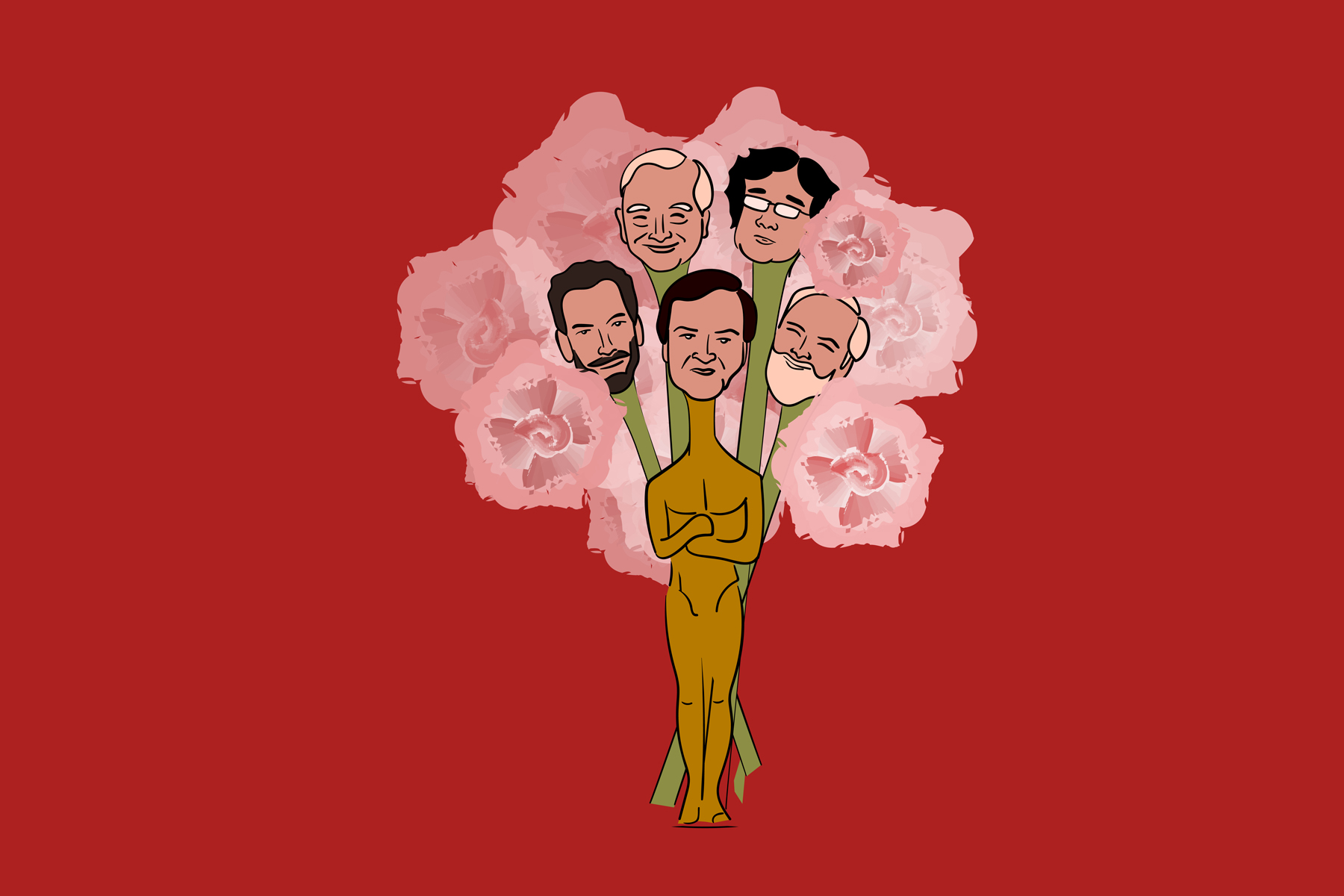In recent years, it’s become offensively clear that the Academy adopts a glaring tunnel vision when assigning the nominees and winners of their eponymous awards. Regularly snubbing raw talent from women and people of color, the Academy of Motion Picture Arts and Sciences has almost exclusively favored the voices and stories of the same five or so white men for years now. And nowhere is that fact more egregiously apparent than the people the Oscars recognize for best director.
In the 90-plus years the Academy has authoritatively declared the crème de la crème of film, they’ve extended Oscar nods to a whopping five women. And out of the 71 winners of the award, only one has ever been a woman. A demographic consisting of half the human population only makes up around 1.4% of winners of perhaps the most prestigious award in film.
Some people might argue women are just worse at making movies. But as with most topics of gendered discrepancies, the issue stems not from an inherent, “biological” difference but rather a long history of socialization painting women as naturally worse than men in intellectual and creative pursuits. Because female directors have been purposefully shut out of cinema since its inception, the industry is still male-dominated, and consequently so are the Oscars.
Heard of the glass ceiling? Well, in film it’s called the celluloid ceiling. According to a study of the 250 highest-grossing movies in 2018 conducted by the Center for the Study of Women in Television and Film, there’s a dire lack of women working behind the scenes — whether as directors, cinematographers, editors, writers or producers. In contrast, while 74% of them employed 10 or more men, only 1% of the top films employed 10 or more women in these roles.
Moreover, women accounted for a measly 8% of directors for the year’s top films, down from 2017’s 11%. In fact, the number’s even lower than the 9% achieved over two decades ago in 1998. With so few women at the helm of blockbusters, they become almost invisible in the industry. But that doesn’t mean they’re not there. You just have to look further than the nearest movie theater sign.
There exist several reasons why there are so few female directors. The chair of Time’s Up UK Dame Heather Rabbatts explains that “people tend to recruit in their own image,” meaning that the preexisting majority of male directors generally hire other men. As a compounding factor and result, directing “has not been a role where women have seen many other women role models.” This signals a desperate need for more visible representation of women behind the camera, a feat perhaps best taken up by the people behind esteemed awards ceremonies like the Oscars.
You’d think the Oscars might make more of an effort than general audiences to find and showcase more obscure projects from female creators. And, to a degree, they do. Especially within recent years, an abundance of critically-acclaimed films directed by women have garnered Oscar buzz in a variety of categories, including best picture. But a nod for best director still eludes these unarguably impactful and talented productions.
For the most part, films nominated for best picture also find their directors nominated as well. In fact, out of the 91 films awarded the highest honor for a motion picture, 65 have also won best director. Unfortunately, this trend doesn’t seem to apply to women. From Barbra Streisand’s 1991 “The Prince of Tides” to Ava DuVernay’s 2014 “Selma,” brilliant female directors have been simultaneously snubbed while their creations are praised. Most recently, Greta Gerwig missed a 2020 nod for “Little Women,” which received nominations for best picture, actress, supporting actress, adapted screenplay, original music score and costume design.
While a director usually isn’t the only person with a say in the stories that movies tell, it’s ultimately up to them how the screenplay manifests and in which lights the characters and their actions are painted. They’re the ones staging scenes, instructing actors on how to deliver lines and taking artistic license once the script is complete.
Perhaps the most consequential factor contributing to the constant snubbing of female-driven work lies in the Academy’s demographics. While the identities of Academy members who vote for each year’s nominees and winners remain anonymous, a 2012 study by the Los Angeles Times revealed that 94% of the more than 5000 confirmed voting members were white. Moreover, 77% were male, and 54% were older than 60.
In response to the 2016 #OscarsSoWhite boycott of the show, the Academy promised to double the number of women and people of color on their membership rolls. Since then, it has made at least a little progress. The Academy boasted to CNBC of its 2019 stats: 32% female and 16% people of color, up from 2015’s 25% and 8% respectively.
But those percentages haven’t changed much; white men still make up the overwhelming majority of Academy members. “Monster” and “Wonder Woman” director Patty Jenkins describes these demographics as the reason the Oscars make a habit of snubbing female directors: “…no matter what movie you make and no matter how much money it makes, and no matter how diverse the audience is, the voting academy is still very, very limited…the vast majority of voters, particularly for director, are people who have been successful as directors. So who is that?”
Without more women in the Academy, especially the best director category, female directors will continue to undeservingly lose out on both Oscars and acclaim simply because the voters can’t personally relate to the film’s driving message. And without this acclaim, aspiring female filmmakers will continue to avoid directing for lack of role models and access.
How many times do women have to prove their value before the idea of a female director as acclaimed and prolific as Spielberg becomes a reality? Hollywood’s hesitance to honor women or promote their voices only does the Academy and general public a disservice. Massive blockbusters like “Wonder Woman” and instant classics like Gerwig’s “Lady Bird” and “Little Women” prove female-driven stories can draw massive critical acclaim and commercial success. It’s about time for platforms to stop ignoring women telling women’s stories — it’s not like they make up half of moviegoers or anything.
















